When working in content marketing, effective communication is necessary to bring together the best of both data-driven goals and a creative, emotionally resonant strategy. Following simple tips like paying attention to body language and trying to be an active listener are great for achieving higher conversion rates and increasing your visual marketing ROI. Effective communication skills are pertinent to any form of communication regardless of the medium. This means you should implement refined communication skills across all mediums, including social media, your website, email, and more.
 The Importance of Knowing How to Improve Communication Skills
The Importance of Knowing How to Improve Communication Skills
Knowing how to improve communication skills is key to resonating with your audience.
In today’s technologically-advanced society, many brands never come into physical contact with their customers. Instead, the entire buyer’s journey takes place online. This can sometimes make it difficult to maintain clear lines of communication.
Social listening, especially, is a communication skill that is paramount to understanding how customers perceive your brand. When used strategically, social listening can help to differentiate your brand and product.

1. Understand Your Audience
The first step to learning how to communicate better is to get a good understanding of your audience. Who are they? What do they want? What are their pain points?
Knowing who your audience is helps you tailor your marketing message so that it appeals to them on an emotional level and helps you discover information that you can share to establish common ground.
The goal of any communication is to get the listeners to respond favorably. Whether it’s speaking at a trade show or via a posting on social media, you need to ensure the message is audience-centered. You can’t do this without understanding who you’re talking to first.
One of the easiest ways to get a better understanding of your audience is to create a buyer persona.
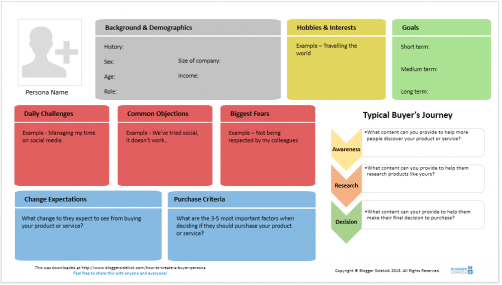
2. Pay Attention to Body Language
To improve communication skills, it’s crucial to pay attention to body language. It’s also important to understand that gestures don’t necessarily have a universal meaning. Putting things into proper context is a must when drawing conclusions about body language.
Let’s say that someone yawns while you’re talking to them. This doesn’t always mean that they’re bored with what you’re saying. The person could be yawning because they’re sick or didn’t sleep well the night before.
Here’s a look at six common elements of body language.
- Walking: Having good posture while walking is a sign of confidence and security.
- Gestures: Your gestures can bring life to a story when you’re communicating. You don’t want to talk with your hands the whole time (although you should never bring them up in front of your face where the person can’t see your mouth) but there are a lot of gestures you can use to bring a visual aspect to your message.
- Eye contact: Maintaining eye contact expresses attentiveness and confidence, but it can also come across as bored if you’re just staring blankly into the other person’s eyes.
- Facial expressions: Stay aware of your facial expressions. This body language can easily indicate disgust, happiness, sadness, anger, and just about any other feeling.
- Posture: Always sit or stand up straight to communicate professionalism.
- Touch: Be careful with touching as its intended meaning can easily be confused. Depending on the circumstance and context, a friendly touch can oftentimes be interpreted as something more intimate.
 3. Make Note of the Medium
3. Make Note of the Medium
The medium always shapes how you should use it to best communicate. Think about texting. You probably text much differently than you actually speak. Here’s a look at different elements to pay attention to when communicating across different mediums.
|
Medium |
Elements to Pay Attention To |
|
Verbal |
Posture, gestures, tone, facial expressions, choice of words, and the parts of the sentences and words where you place emphasis. |
| Social media |
Spelling, grammar, and clarity of word choice. |
|
Video |
Appearance, text to support visuals, voice, background music, tone, choice of words, graphics, and the parts of sentences and words where you place emphasis. |
|
Text |
Word choice and clarity of word choice. |
The way you communicate across each medium is going to differ from one to the next. When texting, it’s best to keep things short and sweet. Here’s an example of poor communication when texting versus good communication.
 4. Put Your Phone Away
4. Put Your Phone Away
We so often think that putting our phone away only applies when we’re speaking to someone in person. But the truth is, regardless of the medium you’re using, putting your phone away to listen to the other person is always going to help you listen better.
If you’re having a video conference with a client and you’re on your phone, this will hinder your attentiveness. If you’re responding to a comment on social media while trying to text your spouse what’s for dinner, your response to the customer probably isn’t going to be as well-thought-out as it could’ve been.
Good communication always starts with active listening, and you can’t do this when you’re glued to your phone.
 5. Be Respectful
5. Be Respectful
Not everyone has the same opinions, so it’s easy to get aggravated when talking with someone who disagrees with you. However, regardless of the other person’s viewpoint or tone of voice, you should always maintain your cool and be respectful.
Being respectful can sometimes be more difficult when communicating online because you’re not face-to-face and you feel more comfortable expressing yourself. However, whether it’s responding to a rude comment on social media or disagreeing with your boss during a video conference, make sure to choose your words carefully when you respond. During video conferences, it’s also important to be respectful with the facial expressions and tone of voice that you use.
6. Listen Actively
Sometimes, people confuse listening actively with silence. They think waiting until the other person has finished talking is the best way to show respect. However, this isn’t always the best communication method.
If you’re not understanding what the person is saying, it’s always better to politely cut in and ask for a better explanation.
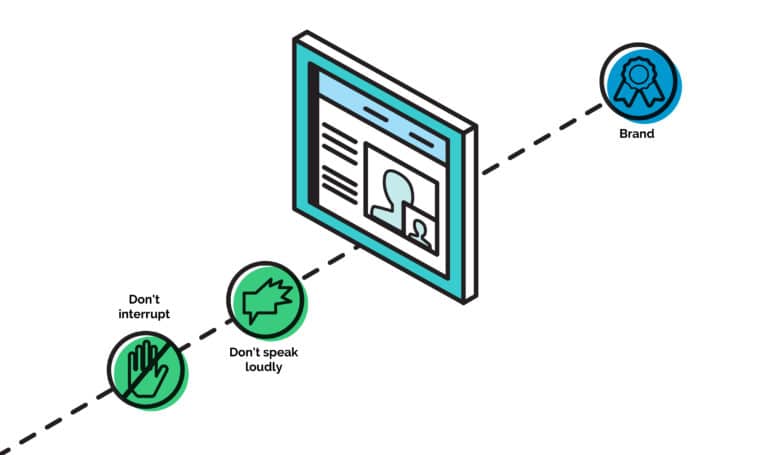
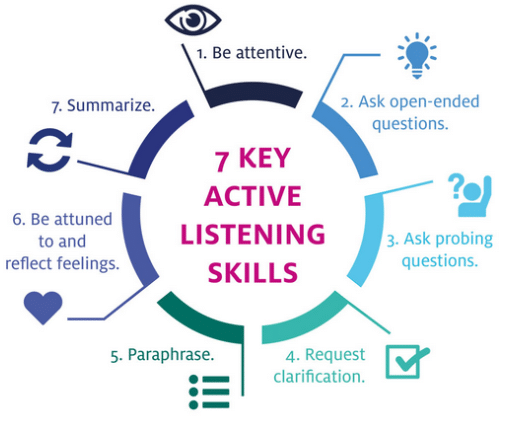
- Nodding
- Asking for more clarity
- Saying things like “Sure,” “I understand,” “Now why is that?”, “That’s going to work great,” and “Thanks.”
It’s never too late to improve communication skills. If you need help communicating with your customers, we are here to help. IGW excels in using visuals and content to deliver effective marketing messages that convert leads and increase marketing ROI.

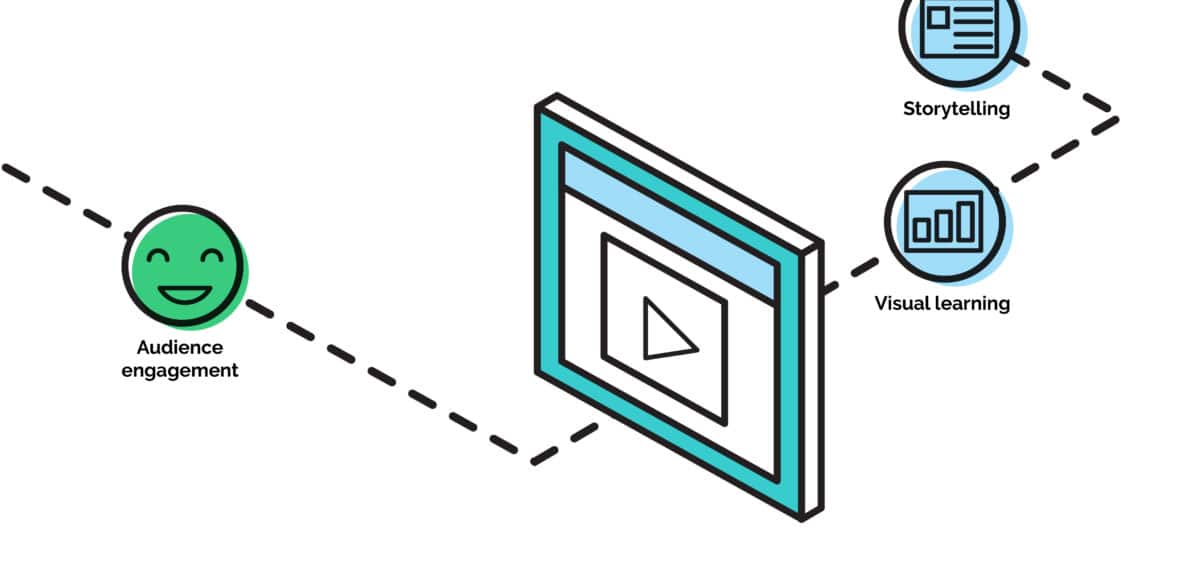
 The Importance of Knowing How to Improve Communication Skills
The Importance of Knowing How to Improve Communication Skills




 3. Make Note of the Medium
3. Make Note of the Medium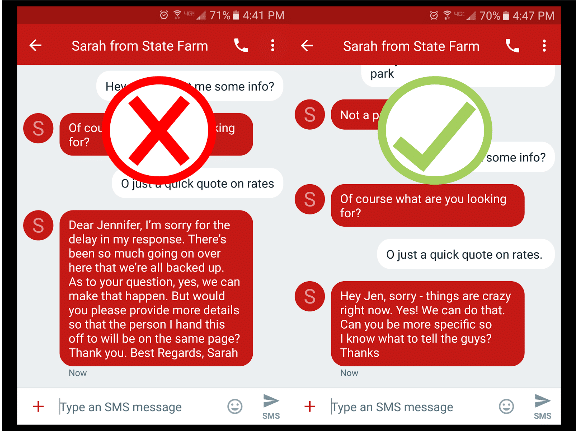 4. Put Your Phone Away
4. Put Your Phone Away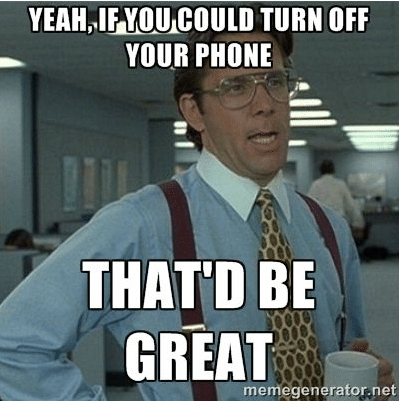 5. Be Respectful
5. Be Respectful



